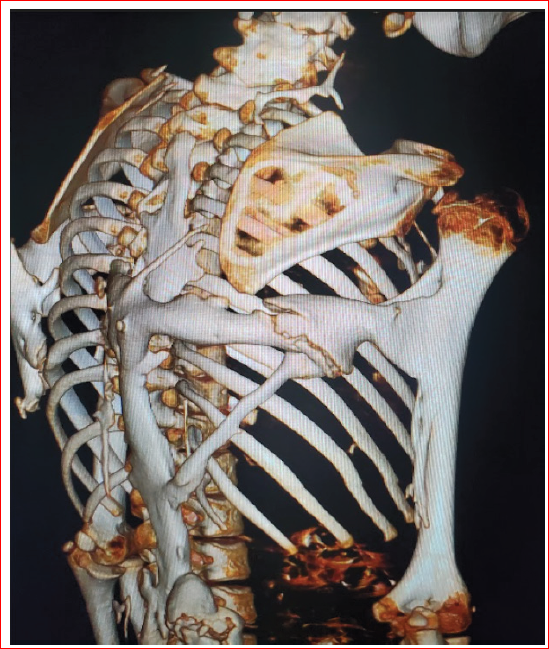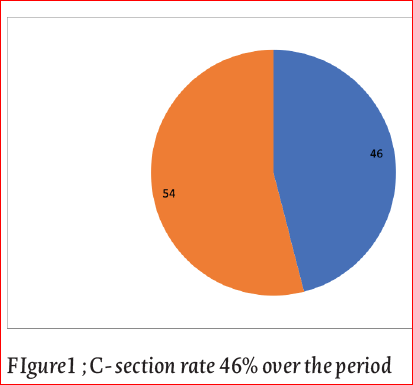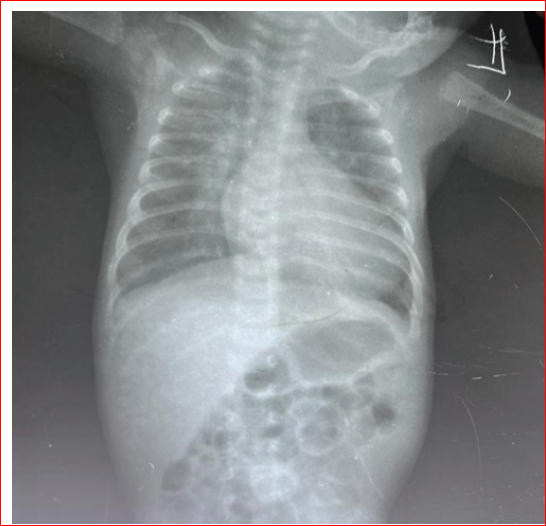Internal Medicine
Pattern of Long Bone Fracture at John F. Kennedy Memorial Hospital (2019)
Robert G. Mulbah1(robmulbah@yahoo.com), MD; Shamsuddeen Muhammad2 (dishamsky@gmail.com), MD; Lauwobah Gbozee1 (lgbozee006@gmail.com), MD; Ernest Muvunandinda1 (ernestmuv@yahoo.com), MD; Peter Coleman1 (pscoleman2003@yahoo.com), MD, Tokai B. Cooper1
1Department of Surgery, John F Kennedy Memorial Hospital, 21st street, Sinkor, Monrovia, Liberia
2Department of Surgery, Bayero University, Kano/Aminu Kano Teaching Hospital, Kano PMB 3011, Nigeria
Correspondence: Tokai B. Cooper, Department of Surgery (Orthopedic unit), John F. Kennedy Memorial Hospital, 21st street, Sinkor, Monrovia, Liberia. Telephone: 00231777725598; Email: coopertokai@yahoo.com
Authorship declaration: All authors listed meet the authorship criteria according to the latest guidelines of International Committee of Medical Journal Editors. All authors agree with the manuscript.
Conflict of Interest Statement: The authors, their immediate families, and any research foundations with which they are affiliated have not received any financial payments or other benefits from any commercial entity related to the subject of this article.
Funding Source: There was no external funding source for this study.
Published At January 11, 2025 | ISSN 2521-5124
Abstract
Background: The pattern of fracture, including the etiology, types, anatomical location and age distribution, may differ from and within sub-regions due to inhabitants’ occupation and living environment. We aimed to determine the pattern of long bone fractures seen through the trauma unit at the John F. Kennedy Memorial Hospital.
Methods: A retrospective study of patients with long bone fractures of the extremities at the John F. Kennedy Memorial Hospital over a period of 12 months between January 2019 to December 2019.
Results: 233 patients with long bone fractures were recruited. The resulting data was analyzed using Prism 8. Patients ages range from 4-100 years with a mean age of 38.5 years, and 18-59 years (192/233, 82.4%) being the most affected age group. There was male preponderance with male to female ratio of 2.3:1. Of the 233 fractures, 169 (72.6%) were as a result of road traffic accidents (RTA), 38 (16.4%) due to fall from heights and 26 (11.2%) from assault and pathology. Femur, tibia and tibio-fibula were the topmost three anatomical locations involved. 108 (46.4%) of all fractures were open while 125 (53.6%) were closed fractures. Eighteen had multiple associated injuries with head injury being the topmost associated injury.
Conclusion: Fractures of the lower extremities constitute the common anatomical location among the population studied. Road traffic accidents still remain one of the most prevalent etiology. Age group between 18- 59 are commonly affected. This confirms the vulnerability of the young and working population as well as poor traffic regulations in Liberia.
To continue reading, subscribe today with our introductory offers
View introductory offers- No commitment, cancel anytime*
- Cancel anytime within 14 days of payment to receive a refund on unserved issues.
- Inclusive of applicable taxes (VAT)
Existing subscribers
Sign in to your accountSearch Keywords
pattern, extremities, fractures, long bones, Liberia
Supplementary Material
Pattern of Long Bone Fracture at John F. Kennedy Memorial Hospital (2019) ( Pattern of Long Bone Fracture at John F. Kennedy Memorial Hospital (2019)_2025-01-03_17-31-48.pdf )






